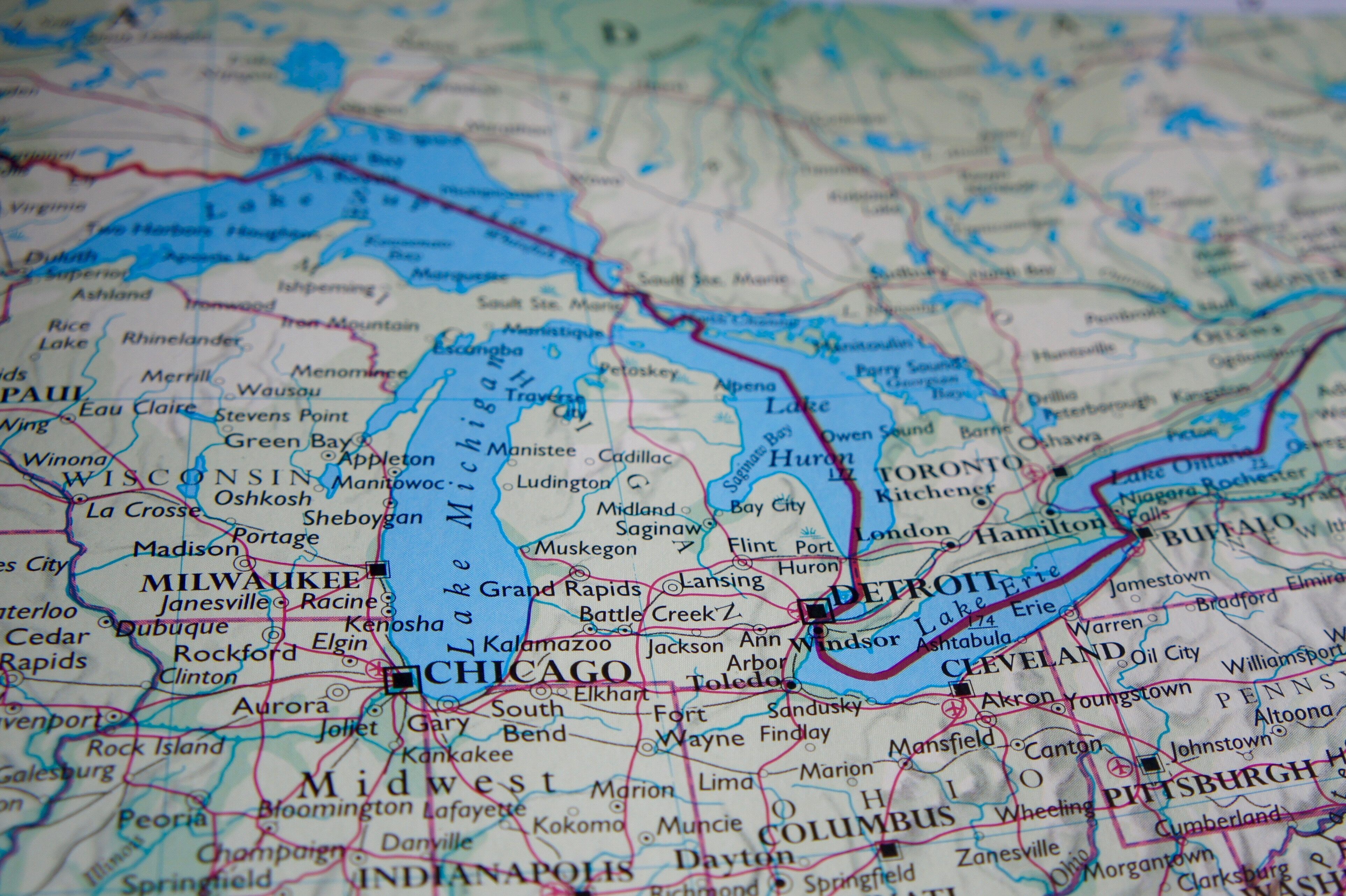U-M researchers looked at future temperature projections, tree canopy and hard surface data, as well as location of vulnerable populations, to create heat vulnerability maps for the state.
The maps—available online as an interactive tool, The Mi-Environmental Project—will help policymakers and community organizations focus their efforts on strategies that help cushion the blow of changing climate, said Trish Koman, research investigator at UM’s School of Public Health and first author of the study published in Health and Place.
“Climate change often feels very far away. Some people think it’s in the future and that it’s something happening to other people in other parts of the world,” she said. “Having a map of your own state and your own community can make that information seem closer to you because you can see areas you know that are having special vulnerabilities.
“We want to target resources to get started on projects to reduce this vulnerability. We would want to be sure that anything that we’re doing is helping the most vulnerable in the community to address some of these climate justice issues.”
Continue reading at University of Michigan
Image via University of Michigan


